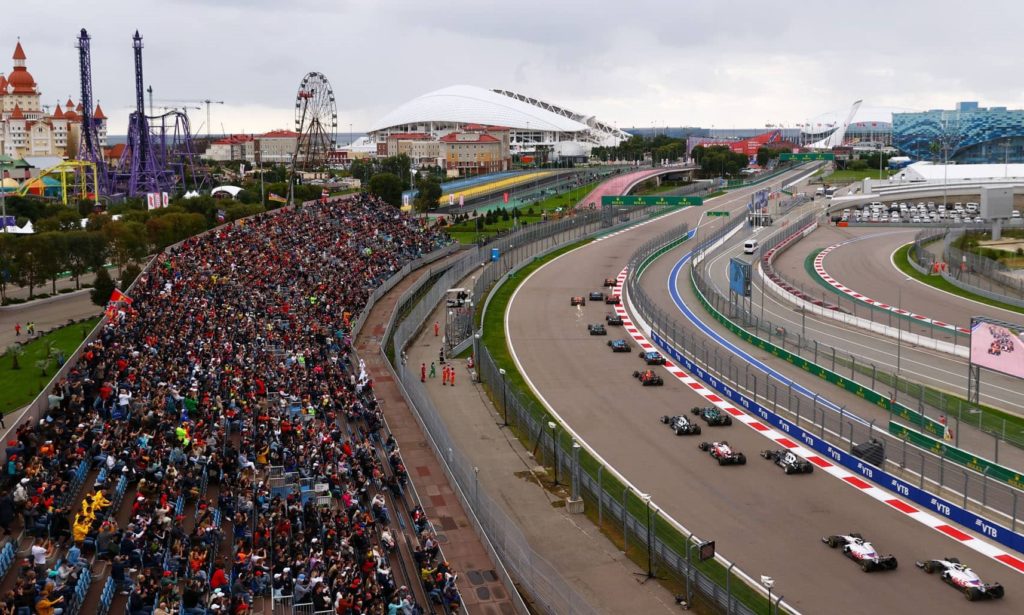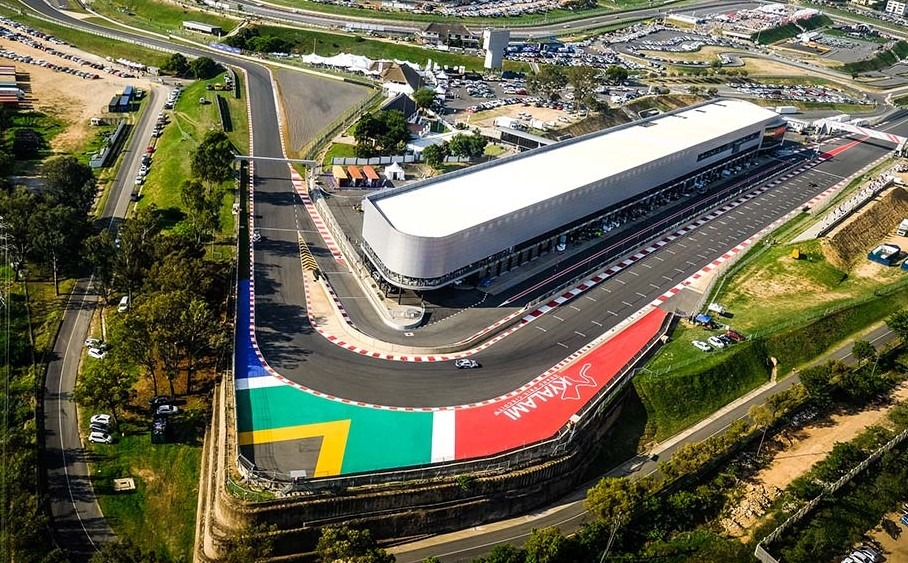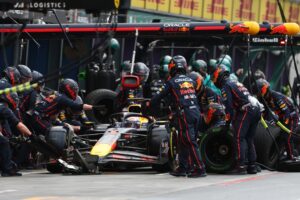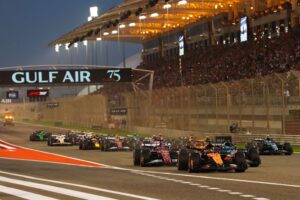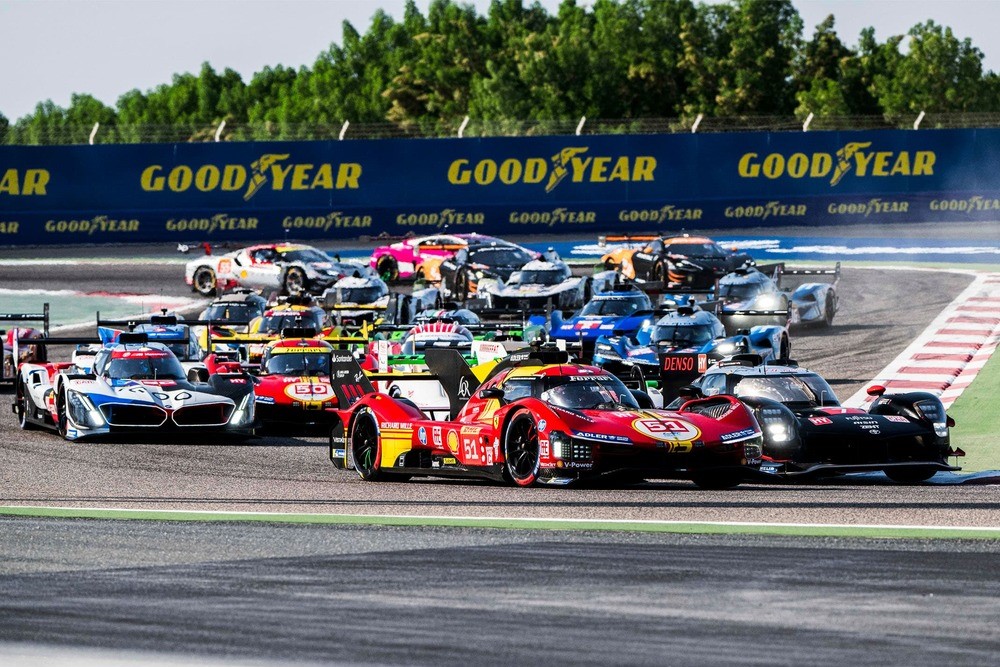The Russian Grand Prix, which was scheduled to take place in September, will not be replaced, according to Formula One.
As a result, the 2022 Formula One calendar will feature 22 events, the same as last year. This is down from the original schedule of 23, which would have made this the longest season ever.
Following Russia’s invasion of Ukraine in February, the country’s round of the world championship was cancelled. F1 announced shortly after that its deal to race in Russia in 2023 and beyond had been terminated. Next year, the event will be moved from Sochi to Igora Drive, near St Petersburg.
F1 intended to stick to its strategy of keeping a 23-race calendar, thus other solutions were examined to replace it. Before concerns about how hot the country would be in late September, the race in Qatar was the favourite.
Singapore was in the running to host a double-header, but it was always seen as a logistical nightmare.
Extending the European part of the season by one race was also considered, but it was rejected because to the logistical difficulties that would arise from having a European event one week before two Asian races and three in the Americas.
F1 has decided against a replacement because of the balance between the race’s economic importance and the wider financial and logistical ramifications.
It will be a popular move in the paddock since it eliminates an awkward triple-header and creates a two-week gap between the European triple-header (which includes Belgium, the Netherlands, and Italy) and the Singapore-Japan back-to-back.
Because Russia’s round has been dropped, the European triple-header of Spa, Zandvoort, and Monza will now be followed by a two-weekend break before the series moves to Singapore and then Suzuka.

